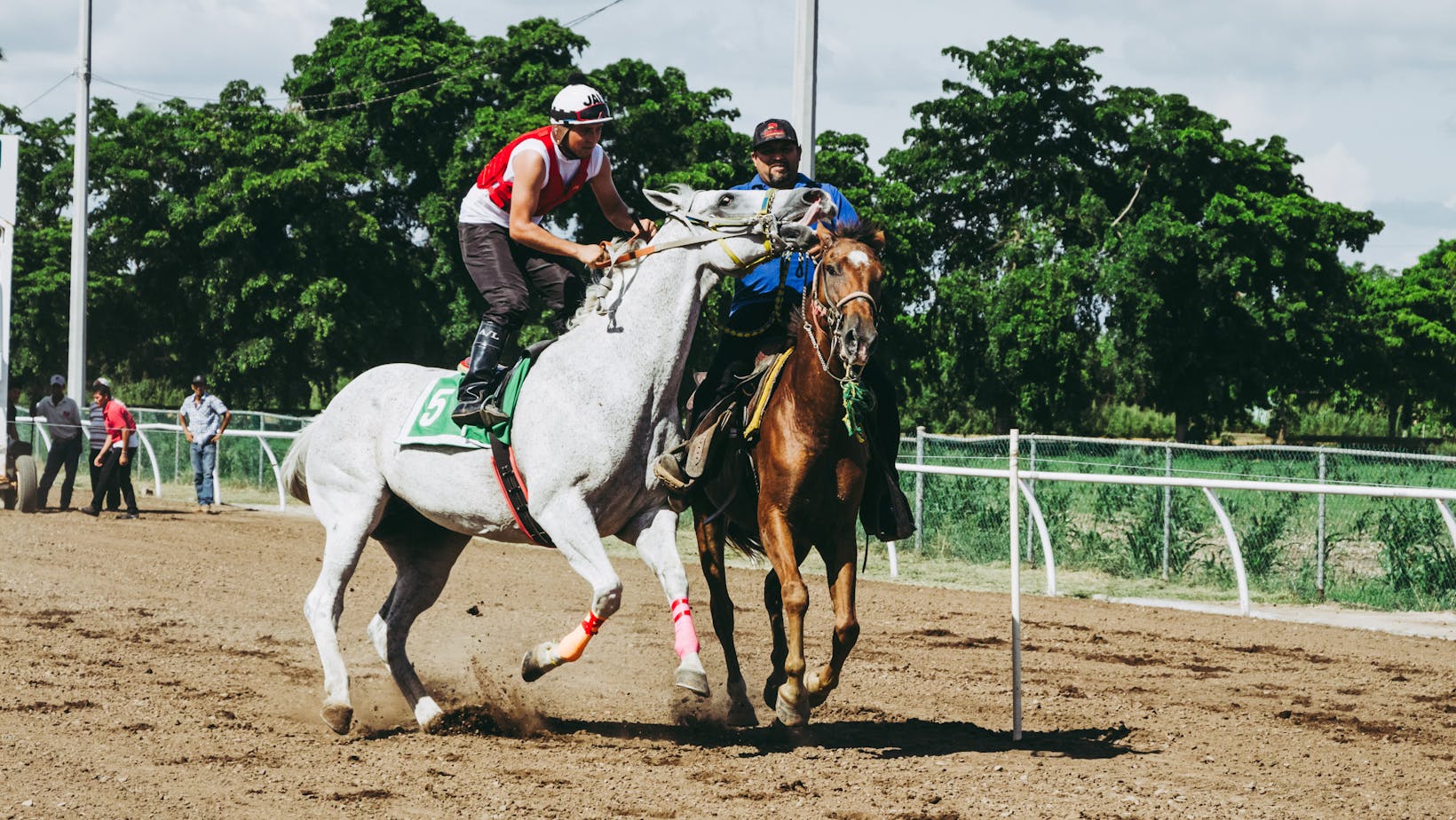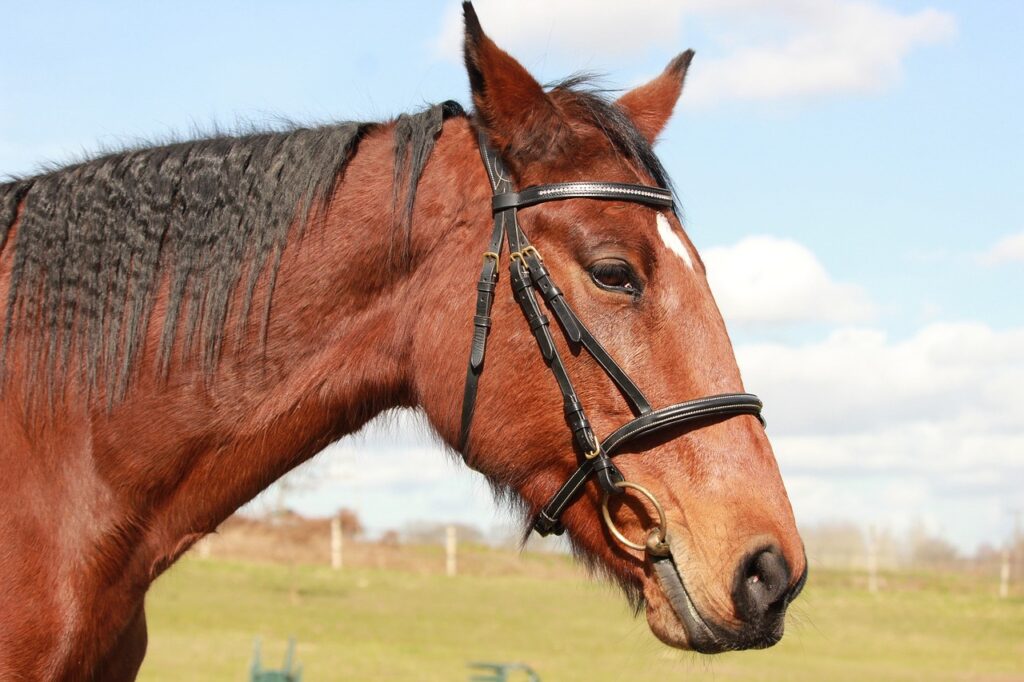There are few more popular sports in the world than horse racing, with the sector being worth billions of dollars. It is also one of the most-attended sports on the planet, with thousands passing through the gates at some of the most iconic tracks such as Churchill Downs, Santa Anita, and Belmont Park.
Therefore, it is little surprise that it is one of the most popular when it comes to betting on the sport, with many newcomers typically looking to learn more about the types of horse bets that are available.
However, in this ever-changing world there is pressure on the sport to continue to evolve to ensure that it has a cleaner footprint than most sports. However, what are some of the aspects that horse racing is adopting to ensure that it is contributing to a sustainable environment?
Cutting Carbon Emissions
A big initiative that is being adopted by many of the top racecourses across the globe comes in the form of cutting carbon emissions and investing in renewable energy sources. The Jockey Club in the United Kingdom launched their Going Green programme back in 2012, setting themselves targets to reduce their carbon footprint.
There has been huge success for the courses associated with the Jockey Club since this promise, with stats showing that the courses have reduced their mainline energy consumption by 40%. As well as that, the courses in the Jockey Club have stopped sending waste to landfill sites since 2018. Furthermore, tracks have started sourcing food and drink services from local vendors to avoid the unnecessary travel of product.
There has been further evidence of the excellent work done by the course based on the stats that show that the solar panels integrated by Exeter Racecourse was enough to power 15 homes for a year. Since the success of this, solar panels have been installed at Cheltenham, Newmarket and the National Stud.
Water Conservation
Water conservation is one of the biggest issues that the horse racing industry is looking to improve, as getting water to horses before and after races is still vitally important for maintaining welfare. However, there are now multiple different ways that tracks around the world are looking to enhance their water conservation, with many courses even limiting the amount of water that is used.

Stables are also innovative in the way that they approach this issue, with many looking to reuse rainwater and also utilizing water-saving technologies. The vast majority of racecourses now adopt implementing irrigation systems to maintain their water conservation, which isn’t an issue when it comes to major UK racecourses given the amount of rainfall per year.
However, this issue still remains at the forefront for other courses around the world that don’t experience as much rain.
Waste Management
Given the huge number of visitors that horse racing is able to attract per year, the issue of waste management is at the forefront of plans to enhance the sport’s carbon footprint. Massive strides have been taken within this sector by the sport, especially when it comes to the food and drink options available.
The vast majority of racecourses now serve drinks in reusable cups, which avoids the need to throw away rubbish. Single-use plastics are something that the sport is looking to remove, but there still remains an issue among some courses that aren’t following the same strategies.
Innovative solutions will be implemented in the near future when it comes to recycling manure, with the sport able to work hand-in-hand with agricultural companies on this front. Turning waste into fertilizer is one of the big success stories among many of the leading stables across the world, and one that could have a hugely positive impact on the environment.
Travel
One of the biggest issues that horse racing faces when it comes to sustainability revolves around the travel. Travelling is a big part of the sport, as runners will typically have to travel by car to different tracks in order to compete, while some of the stars on the flat will need to fly abroad to compete for massive purses in nations such as the United States, Saudi Arabia, and the United Arab Emirates.
This is something that can’t be completely removed from the sport, but it is something that can be addressed. Travelling by modes of transport that have better emissions is crucial to ensuring the long-term goals within the sport are achieved, while less staff could decrease the carbon footprints of yards around the world.

Horse racing can take inspiration from sports such as basketball and the Formula 1 when it comes to approaching this issue, as these now ensure that scheduled events are closer to one another to limit the need to travel long distances on a regular basis.

